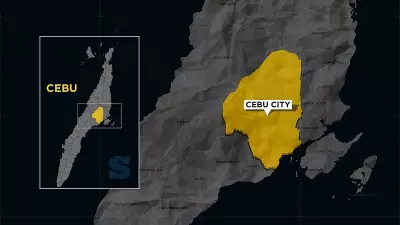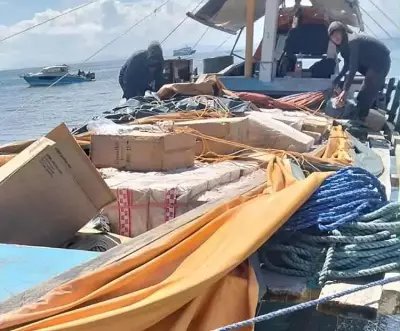
Cebu City is grappling with a traffic crisis that demands immediate and innovative solutions. As the metropolitan area continues to grow, transportation officials are considering groundbreaking approaches to ease the daily gridlock that plagues commuters and businesses alike.
The Dual Approach: Going Underground and Above Ground
Transportation experts are proposing two primary strategies to address Cebu's traffic woes. The first involves developing underground road networks, while the second focuses on elevated highway systems. Both approaches aim to maximize limited urban space while providing alternative routes for vehicles.
Underground Road Network Advantages
The underground solution offers several compelling benefits:
- Space Efficiency: Utilizes subsurface areas without requiring additional land acquisition
- Environmental Protection: Reduces surface-level noise and air pollution
- Weather Resilience: Provides all-weather transportation routes unaffected by monsoon conditions
- Urban Preservation: Maintains the city's aesthetic appeal and historical landmarks
Elevated Highway Benefits
Alternatively, elevated highways present their own advantages:
- Faster Implementation: Typically quicker to construct compared to underground tunnels
- Easier Maintenance: More accessible for repairs and ongoing maintenance
- Panoramic Views: Offers commuters scenic routes through the city
- Cost Considerations: Potentially more budget-friendly than extensive tunneling projects
The Economic Impact of Traffic Congestion
Beyond daily inconvenience, Cebu's traffic problems carry significant economic consequences. Businesses face increased operational costs due to delivery delays, while employees lose productive hours stuck in transit. The tourism industry, vital to Cebu's economy, also suffers when visitors encounter persistent transportation challenges.
Long-term Vision for Sustainable Mobility
Transportation planners emphasize that any solution must align with Cebu's long-term development goals. This includes integrating with existing public transportation systems, promoting sustainable mobility options, and ensuring future-proof infrastructure that can accommodate continued urban growth.
As Cebu continues to position itself as a key economic hub in the Visayas region, resolving the traffic situation becomes increasingly critical. The choice between underground and elevated solutions will shape the city's landscape for generations to come, making this decision one of the most important urban planning challenges facing Cebu today.





